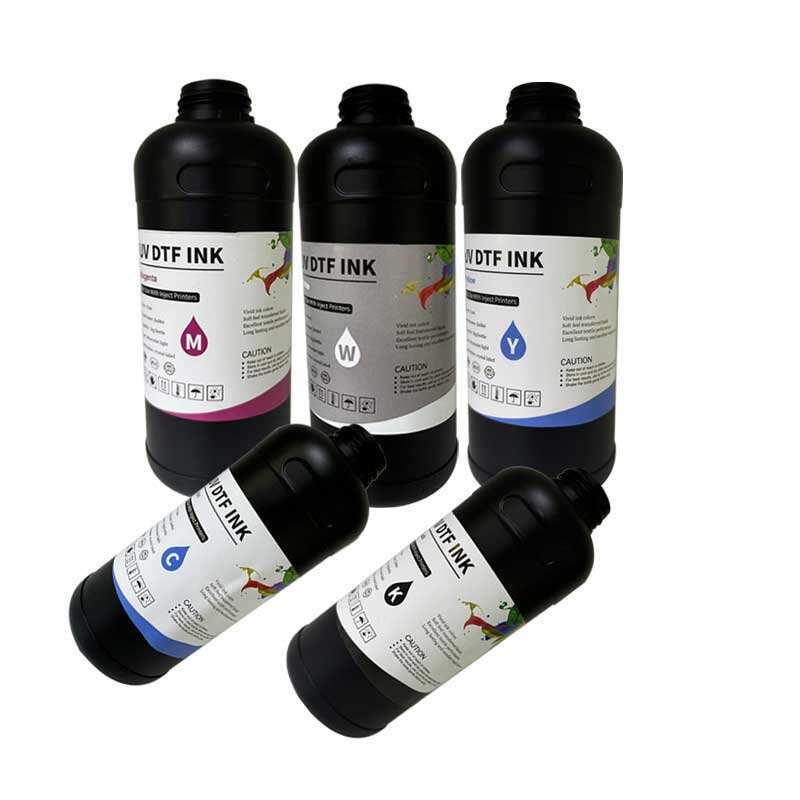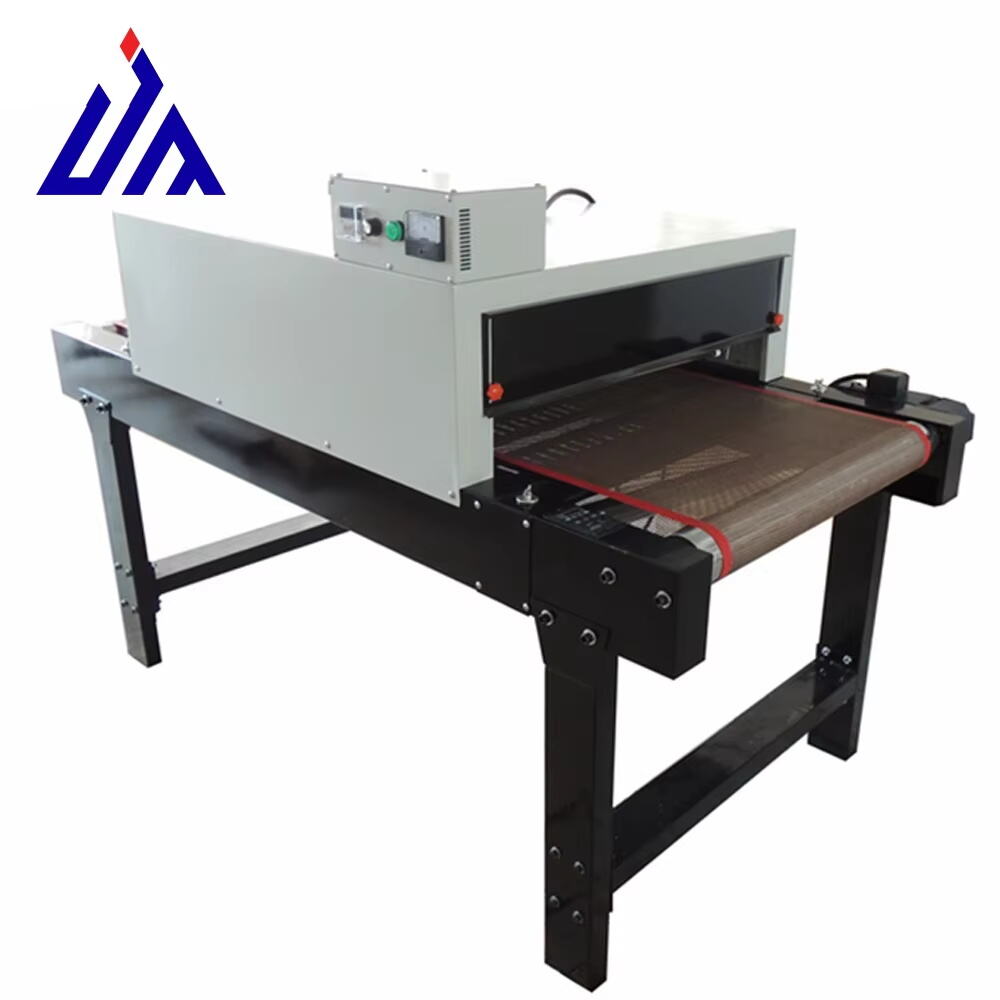screen exposing machine
A screen exposing machine is a sophisticated piece of equipment essential in the screen printing industry, designed to create precise stencils on mesh screens through controlled UV light exposure. This advanced device utilizes high-intensity UV lamps to transfer artwork patterns onto photosensitive emulsion-coated screens, enabling the production of detailed and accurate printing templates. The machine features adjustable exposure timing systems, allowing operators to achieve optimal results for different emulsion types and artwork complexities. Modern screen exposing machines are equipped with vacuum systems that ensure perfect contact between the artwork film and the coated screen, preventing light scatter and guaranteeing sharp image reproduction. The technology incorporates uniform light distribution mechanisms, eliminating hot spots and ensuring consistent exposure across the entire screen surface. These machines can accommodate various screen sizes and frame types, making them versatile tools for both small print shops and large-scale manufacturing facilities. The precise control over exposure parameters, combined with advanced safety features and user-friendly interfaces, makes the screen exposing machine an indispensable tool in creating high-quality screen printing stencils.


